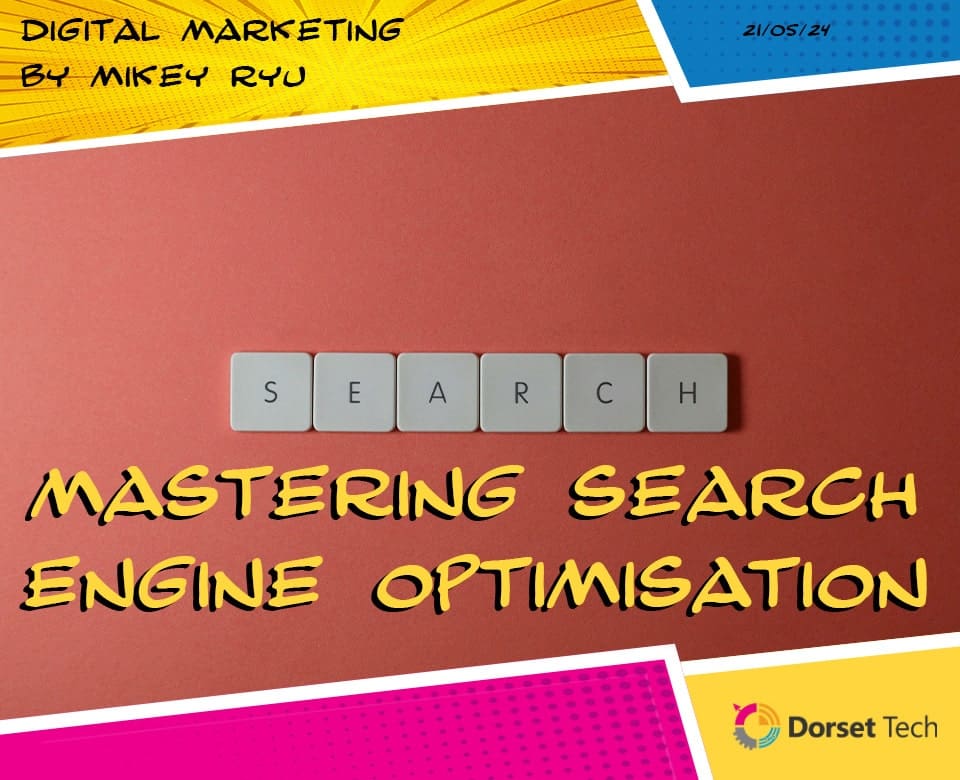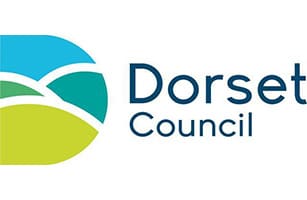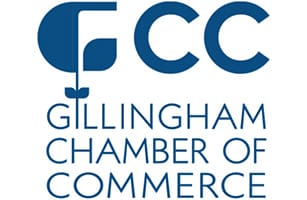
Mastering Search Engine Optimisation
In the vast digital landscape, visibility is the first step towards success. Search Engine Optimisation (SEO) is a crucial component of any online marketing strategy, focused on improving a website’s visibility in search engine results. This technique not only helps in attracting more visitors but also enhances user engagement and conversion rates. Let’s delve deeper into the essentials of SEO and how businesses can harness its power to climb search engine rankings and reach their audience more effectively.
Understanding SEO
SEO involves a series of adjustments, techniques, and strategies that aim to improve the positioning of webpages in organic search results. As search engines like Google continually update their algorithms to deliver the most relevant and valuable results to users, staying abreast of SEO practices is vital. The goal is to enhance both the quantity and quality of traffic to your site through organic search engine results.
Key Components of SEO
1. Keyword Research
The foundation of SEO is understanding the terms that your potential customers are searching for. Keyword research involves identifying a wide range of keywords relevant to your business that can attract the right kind of traffic. Tools like Google’s Keyword Planner can help identify terms that are both relevant and competitively viable.
2. On-Page Optimisation
This refers to all measures that can be taken directly within the website to improve its position in the search rankings. This includes optimising your headlines, HTML tags (title, meta, and header), and images. It also involves creating content that is not only keyword-rich but also matches the search intent of your audience.
3. Content Quality
Content is king in the world of SEO. High-quality, engaging, and relevant content is favoured by search engines and will keep your audience coming back. Your content needs to solve problems, provide information, and offer value in ways that appeal directly to your target demographic.
4. Technical SEO
Technical SEO refers to the actions performed to help search engines crawl, interpret, and index your website efficiently. This includes optimising your site structure, ensuring mobile-friendliness, improving page speeds, and securing your site with HTTPS. A well-structured website helps search engines to better digest content and rank your site accordingly.
5. Link Building
Links are like votes or endorsements for your site. Acquiring backlinks from reputable sites not only drives traffic but also boosts your site’s authority and ranking. However, focus on the quality of links rather than quantity, as link relevance and source credibility play significant roles in how search engines evaluate your site.
6. User Experience (UX)
Google places a high premium on the user experience. Websites that provide a positive user experience through fast load times, easy navigation, and mobile-friendly design are likely to rank higher. Ensuring that users find value in your site—whether through interactive elements, value-packed content, or a smooth browsing experience—can contribute significantly to your SEO efforts.
SEO Trends and Future Outlook
As technology evolves, so does SEO. The rise of voice search, the increasing importance of artificial intelligence, and the ever-changing Google algorithm mean that SEO strategies must also evolve. Staying updated with the latest SEO trends and adapting your strategies accordingly is crucial for maintaining and improving your search engine rankings.
Conclusion
SEO is a complex and ongoing process that involves a deep understanding of how search engines work, as well as the ever-changing landscape of online marketing. By focusing on the key areas of SEO—keyword research, on-page optimisation, content quality, technical SEO, link building, and user experience—businesses can enhance their online visibility, attract more traffic, and achieve greater engagement with their target audience. Implementing robust SEO strategies is not just about gaining visibility; it’s about maintaining it and turning that visibility into tangible results.























